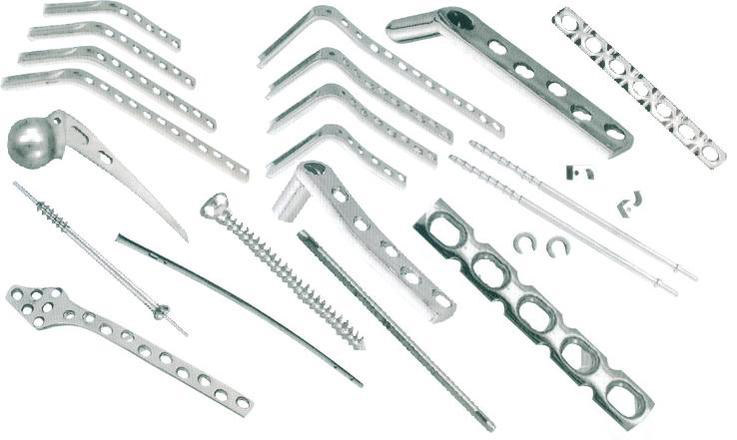Forensics 101: Victim ID Based On Antemortem Fractures
/A few weeks ago, Ann broke her ankle in a mishap with her two large and loveable dogs – she was walking in the yard while the dogs were out playing; she zigged, they zagged, and they all ended up in a pile. Her tibia and fibula were fractured in several places, requiring surgery and the use of three screws to stabilize the healing fracture. But because we’re crime writers, the very first thing that occurred to both of us upon seeing her x-rays was a blog post on the possibility of skeletal identification based this type of injury.
Antemortem fractures are fractures that occur before the time of death (‘ante’ – before; ‘mortem’ – death) as opposed to perimortem (‘peri’ – at or near the time of) or postmortem (‘post’ – after) fractures. Usually, antemortem fractures are completely healed, but even well-healed fractures leave traces. When the healing process begins, the cells within the bone start to produce cartilage which forms a preliminary fracture callus between the broken pieces of bone. Shortly thereafter, that cartilage mineralizes first into weaker woven bone and then later into strong lamellar bone. If the break is well set, once healing is complete the resulting bony callus is only visible by x-ray.
Below are the bones of an adult male. The remodeled remnants of the bony callus can be seen mid-shaft in the left humerus:
If victim identification is required, post mortem x-rays can be compared to antemortem x-rays in patient medical files to confirm the location of known fracture points.
However, sometimes a fracture requires additional stability to heal, simply because of the type or location of the break. In that case, orthopedic implants may be used. Some common implants are pictured below:

Orthopedic implants also have the added advantage of often being inscribed with a serial number, allowing investigators to trace the implant directly to the hospital and patient in question. Victim identification can come from that single piece of information alone. But even if there is no specific information on the implant, the type and positioning of that implant will assist with identification.
Armed with this information, a forensic anthropologist can make or strengthen the case for victim identification based on these individual characteristics.
A special thanks to Ann for generously sharing her personal x-rays with us. Talk about taking one for the team!
Photo credits: Ann Vanderlaan, museumoflondon and MacQ










 COMPLETE!
COMPLETE! Planning
Planning